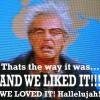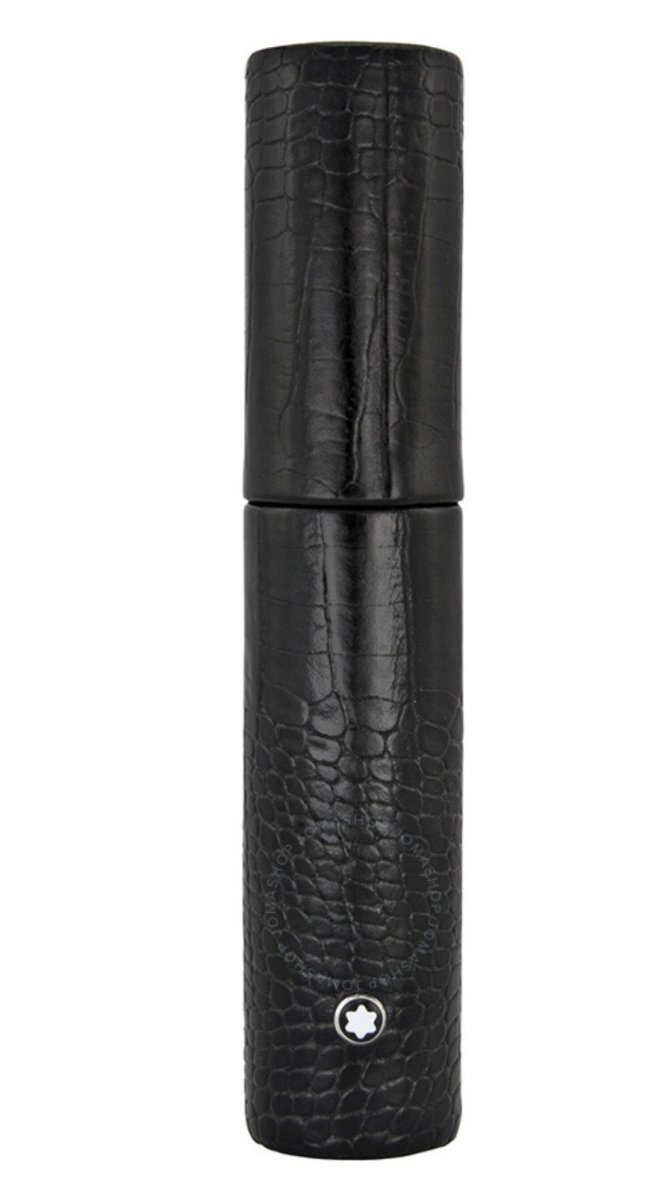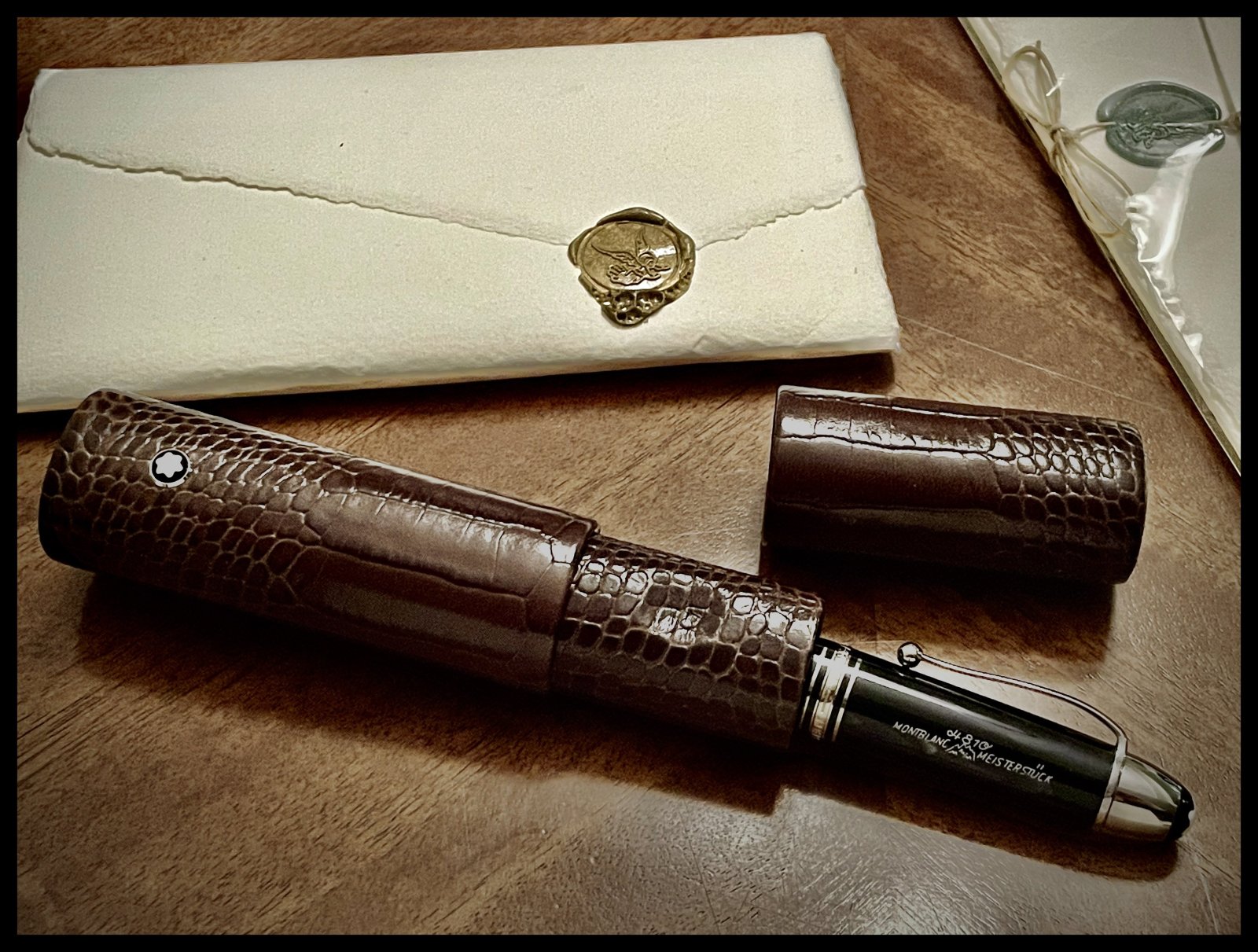Cheap laser printer paper for toner transfer?
-
Forum Statistics
353.9k
Total Topics4.6m
Total Posts -
Member Statistics
126,716
Total Members2,585
Most OnlineNewest Member
Berniemup
Joined -
Images
-
Albums
-
Monthly Ink Challenge III
- By InesF,
- 1
- 0
- 34
-
USG 4
- By USG,
- 0
- 0
- 21
-
Andrew Lensky Arts
- By Andrew_L,
- 0
- 0
- 7
-
Not my shots
- By fpupulin,
- 0
- 0
- 2
-
Icones Pupulinianae V
- By fpupulin,
- 0
- 3
- 50
-
















.thumb.jpg.f07fa8de82f3c2bce9737ae64fbca314.jpg)



.thumb.jpg.331e554113c33fb39d5bf3233878978a.jpg)
desaturated.thumb.gif.5cb70ef1e977aa313d11eea3616aba7d.gif)





Recommended Posts
Create an account or sign in to comment
You need to be a member in order to leave a comment
Create an account
Sign up for a new account in our community. It's easy!
Register a new accountSign in
Already have an account? Sign in here.
Sign In Now